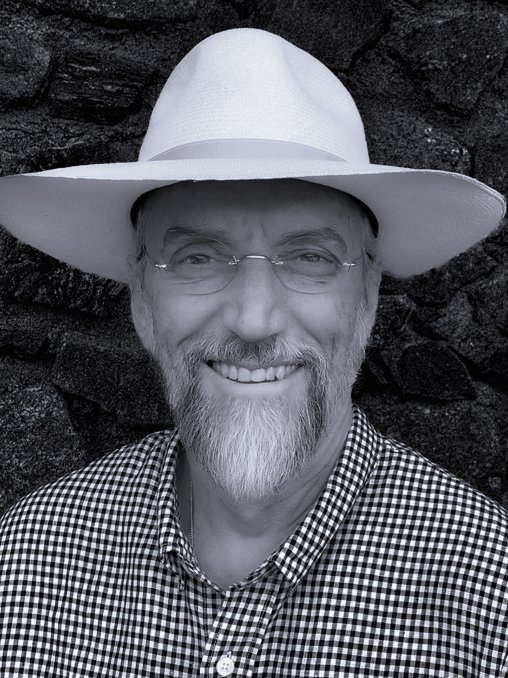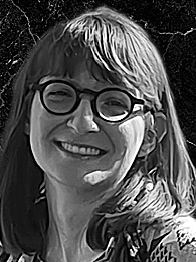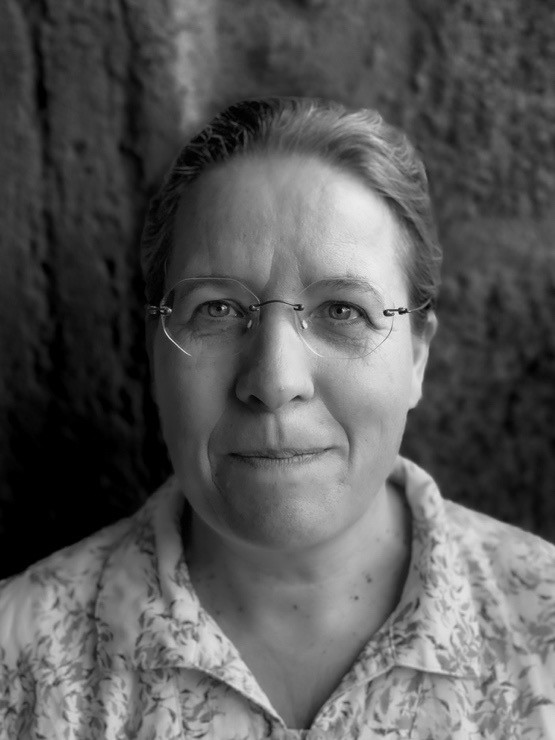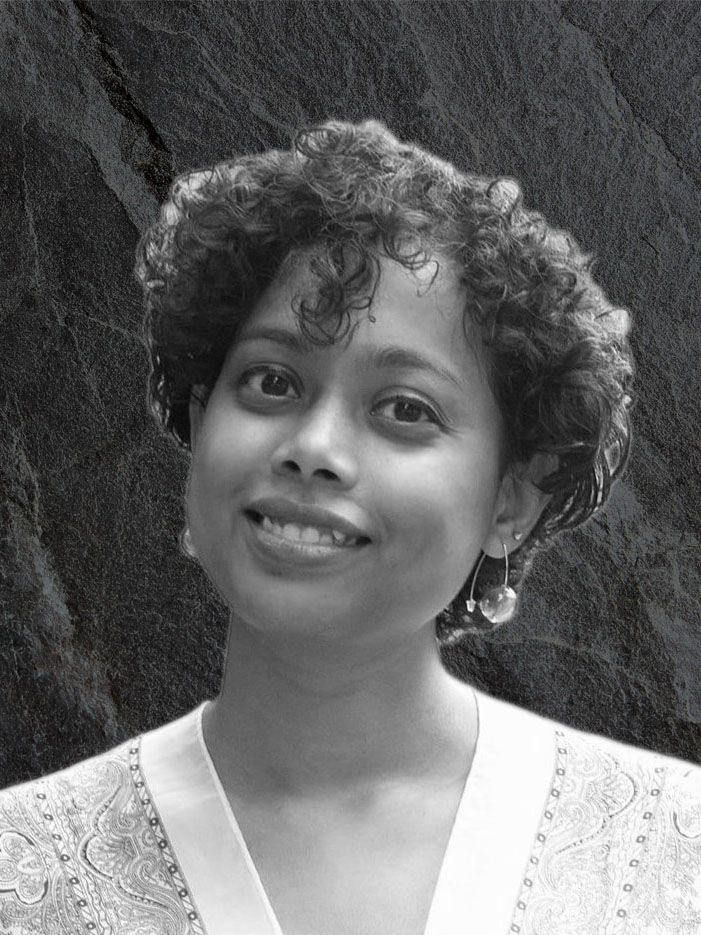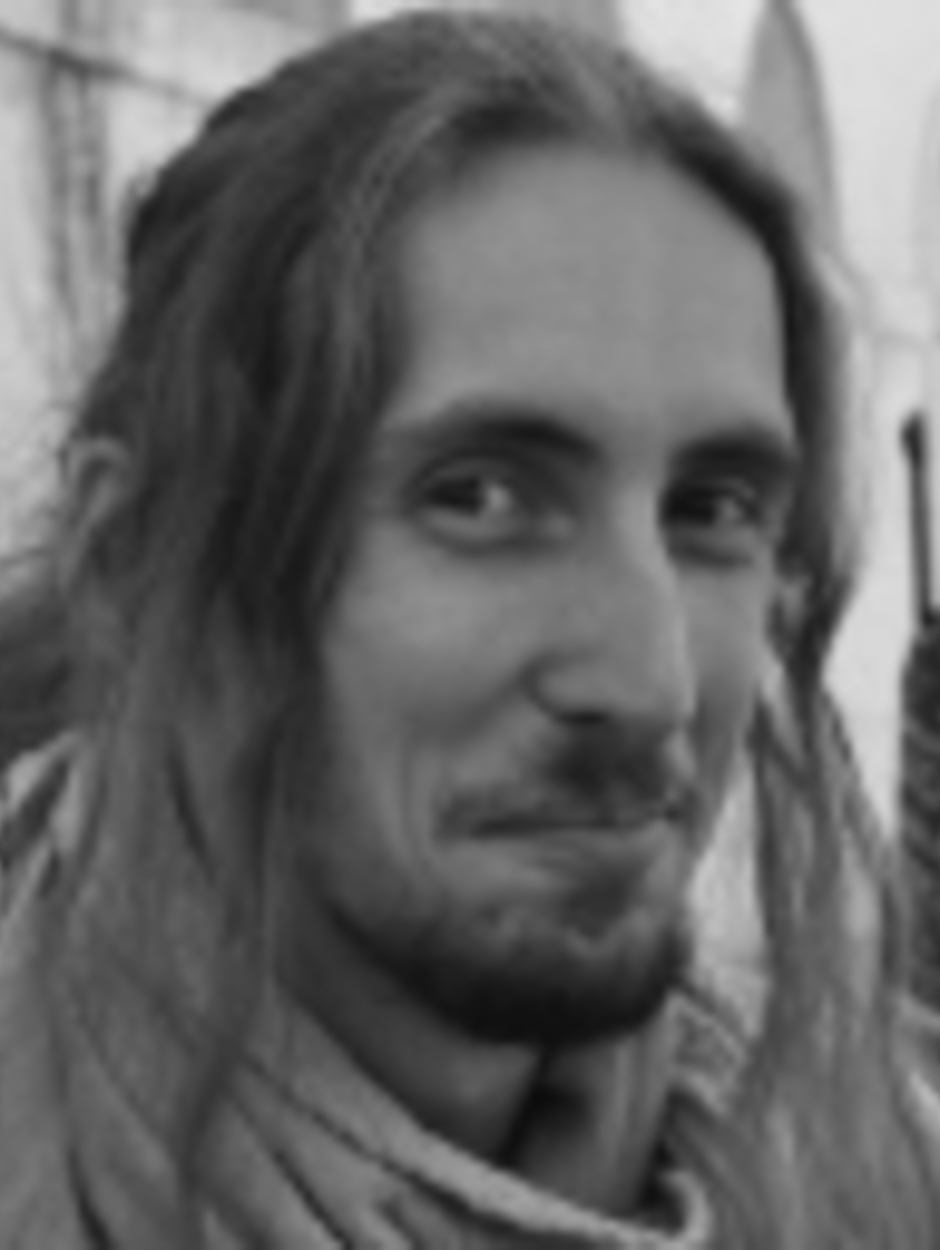CRAL/CNRS MEMBERS

Dr. Gil Moretto
Dr. Gil Moretto is an Astrophysicist working for CNRS after 2005, following about 10 years based in the US (NOAO/NSF & NSO/NSF, Tucson, Arizona) developing novel instrumentation consistently associated with new technologies for ground-and space-based astronomy. Nowadays, he is the Principal Investigator for the European Innovation Council-funded Pathfinder Live-Mirror (2023–2027) and the FRANCE 2030-funded PEPR Origins/FlexSiMirror (2023–2029) consortia. The Horizon EIC Live-Mirror is supporting the R&D on new rupture technologies to replace classical rigid and heavy optical mirrors with ultra-light, self-correcting dynamic optoelectronic systems consisting of thin optical fire-polished slumped glass sheets actively “live” supported by many-degree-of-freedom force actuators and sensors integrated and miniaturised via additive manufacturing – the Live-Mirror technology. Broadening this cutting-edge technology towards high-frequency domain (kHz), the France2030 PEPR/Origins supports the FlexSiMirror technology towards high-accuracy and lightweight deformable silicon-based mirrors.
Dr. Moretto‘s long-term R&D strategy is the Exo-Life Finder telescope (ELF)– the first telescope facility dedicated to direct imaging and characterisation of telluric exoplanets. Focused on such a challenging astrophysical science case will require cutting-edge technologies: the ultra-light, self-correcting, “Live” Mirrors that maximize their high contrast performance with non-abrasive, additive, 3D-printed novel technology and a very fast FlexSiMirror delivering extreme Adaptive-Optics.
Dr. Francesca Rebasti
As an Innovation Project Manager at the Centre National de la Recherche Scientifique (CNRS), Dr. Francesca Rebasti brings over six years of experience in coordinating high-stakes, cross-functional projects within leading research institutions. Her strong academic background, coupled with expertise in administrative and financial management, enables her to align strategic vision with analytical thinking and effective execution.
Dr. Rebasti is deeply committed to supporting interdisciplinary, multinational, and multicultural teams, managing stakeholder expectations, and delivering projects on time and within budget, even in challenging environments. Within the Live-Mirror project, she serves the Principal Investigator by overseeing the Consortium, managing the grant, and leading the coordination and valorisation work package.
Passionate about fostering a culture of continuous improvement, she is dedicated to embracing new challenges and identifying opportunities to drive innovation and excellence in dynamic organizations.
Dr. Maud Langlois
Dr. Langlois, Research Director at CNRS after 2005, combines her expertise in instrumentation with a focus on direct imaging of exoplanets. Her journey began during her thesis at the Stewart Observatory at the University of Arizona, where she demonstrated the impact of speckles on exoplanet imaging using extreme adaptive optics at the US Air Force Starfire Optical Range. After moving to France, Dr. Langlois served as the instrument scientist for the IRDIS instrument for over a decade, overseeing its development from the SPHERE project to its successful deployment at the Very Large Telescope (VLT). She played a key role in the SHINE survey, characterising exoplanets through direct imaging.
Additionally, Dr. Langlois has worked on technological challenges in extreme adaptive optics, focusing on innovative concepts for giant telescopes (ELTs). Her research establishes the feasibility of nanometric precision measurements for correcting aberrations and enhancing future exoplanet-hunting instruments. As the lead for Work Package 6 (WP6): Optical Metrology & Calibration and Multi-sensing in Real-time Control, in the EIC Live-Mirror project, Dr. Langlois contributes her expertise to collaborative efforts in optical metrology and calibration within Work Package 7 (WP7): In Lab 1/2m Live-Mirror Demonstrator Final Optical Performance Validation.
Dr. Éric Thiébaut
Dr. Éric Thiébaut is a permanent researcher at the Centre de Recherche Astrophysique de Lyon (CRAL, CNRS/UMR 5574) since 1995. His main research fields are signal processing and inverse problem approaches with applications in astronomy and bio-medical imaging and with main achievements in blind deconvolution, image reconstruction in optical interferometry and from multi-variate data (like hyper spectral imaging from integral field spectrograph), fast wavefront estimation for adaptive optics, optimal detection of exoplanets in high contrast images and of particles indigital holography, statistical approximation and learning, and adaptive optics control. In the Live-Mirror project, he will contribute to the real-time control (RTC) of the adaptive/active optics demonstrator system and to the wavefront sensing algorithms.
Dr. Michel Tallon
Lorem ipsum dolor sit amet, consectetur adipiscing elit. Ut pellentesque, lorem a rhoncus finibus, erat justo accumsan sem, ac scelerisque dui orci facilisis sapien. Fusce tincidunt arcu eget lacus euismod hendrerit. Maecenas tellus magna, bibendum a semper lacinia, iaculis eget nulla. Donec iaculis dictum dapibus. Integer ultricies egestas ex vitae commodo. Donec quis arcu nunc. Nam placerat eget quam in ornare. Proin sodales eros non venenatis laoreet. Sed commodo nunc ac arcu elementum tincidunt. Aliquam erat lacus, tristique sit amet feugiat nec, fringilla ut quam.
Dr. Dipanjana Saha
Dipanjana completed her Bachelor’s in science in Electronics from University of Calcutta in 2012. Latter she pursued Post B.Sc. Bachelor’s in technology in Optics and Optoelectronics in 2015 and Master’s in technology (also specializing in Optics and Optoelectronics) from University of Calcutta in 2017. After that she worked as a research fellow for two years, first year at TATA Institute of Fundamental Research, India and second year at Chinease University of Hong Kong, Hong Kong.
In 2019, Dipanjana got Marie Sklodowska-Curie grant from the EU and strated her PhD at CNAM, Paris. Dipanjana’s main aspiration was to develop a multiscale measurement traceability to measure material apperance. During PhD she developed a new goniospectrophotometer which can measure BRDF at micro scale.
After that she worked 1.5 years as a R&D Engineer at Ibsen Photonics, Denmark ans now she joined the EIC Live-Mirror project as a postdoctoral fellow.
MSc. Clément Schotte
MSc. Schotte is an engineer holding a master’s degree in physics and instrumentation, with a specialization in instrumentation interfacing and control. He has extensive experience managing various complex subsystems, including the ion beam polishing facility at the French National Research Platform (LMA/CNRS). He played a key role in the recent development of software that encompasses scripts, drivers, graphical user interfaces, and automated integration tests pertinent to the Mach-Zehnder Extreme Adaptive Optics platform at CRAL/CNRS.
His hands-on expertise in interfacing and controlling complex subsystems, which is directly relevant to the EIC Live-Mirror project, is vital for the EIC Live-Mirror Work Package 6 (WP6), which is focused on Optical Metrology & Calibration and Multi-sensing in Real-time Control. Furthermore, his contributions, based on his relevant experience, will be significant in collaborative endeavours about optical metrology and control within Work Package 7 (WP7), specifically in the context of the Lab 1/2m Live-Mirror Demonstrator Final Optical Performance Validation.
Dr. Kritsadi Thetpraphi
WP4-5 Participant (External Collaborator)
As a senior researcher with a PhD in materials science specializing in ferroelectric materials, particularly electroactive polymers (EAPs), Dr. Thetpraphi‘s role in the Live-Mirror project is crucial for the selection and optimization of materials to meet the project’s application requirements. The innovative Live-Mirror technology integrates lightweight glass sheets with dynamic optoelectronic systems supported by force actuators and sensors, all thanks to additive manufacturing. As far as EAPs are concerned, these materials are capable of converting electrical energy into mechanical energy, or vice versa, and above all of being 3D-printed. They have provided a diverse set of applications, such as wireless systems, smart homes, biomedical sensors, smart sports, artificial muscles, deformable mirrors in telescopes, and so on. By optimizing the electromechanical properties of these materials and using an organic doped polymer and multilayer structure, Dr. Thetpraphi contributes significantly to the development of high-quality adaptive optical mirror systems for ground- and space-based telescopes.
Dr. Vincent Bruyère
WP4-5 Participant (External Collaborator)
After completing a PhD in numerical modeling of lubricated contacts in the National Institute of Applied Science (Lyon), Vincent pursued a postdoctoral research position focused on laser welding modeling in the Atomic Energy and Alternative Energies Commission. He is currently the CTO at SIMTEC, where he oversees innovative projects in the field of engineering and research simulations. In his current role, he plays a key part in the “EIC Live-Mirror Consortium” project as an external collaborator, focusing on the modeling of piezoelectric actuators and their impact on mirror deformations. This project merges precision engineering with advanced simulations, showcasing his expertise in both theoretical and applied modeling techniques.

